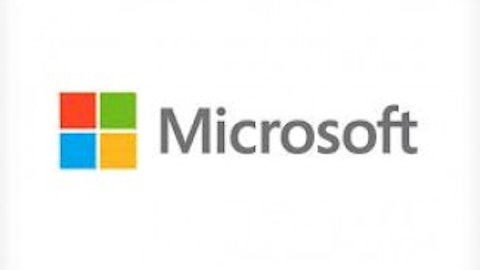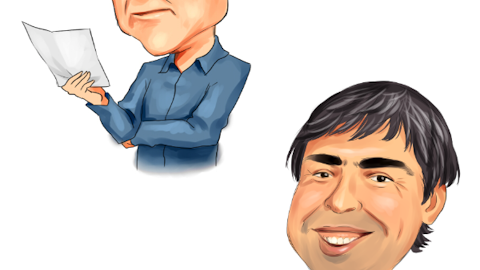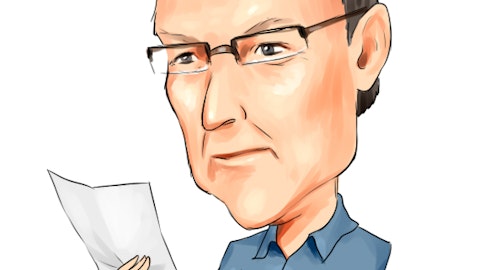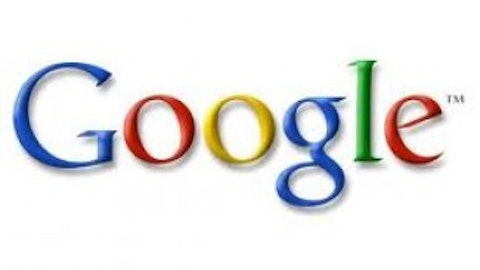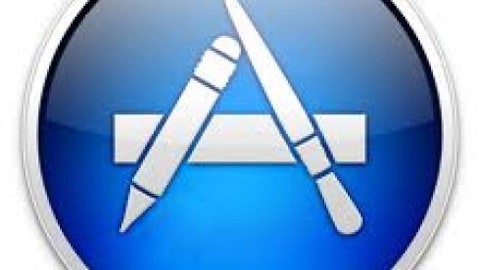Google Inc (NASDAQ:GOOG)’s subsidiary, Motorola, just unveiled its new flagship phone — the Moto X.
Despite being technologically inferior to its Android-based competition, the Moto X is priced competitively with other flagship smartphones like Samsung’s Galaxy S4 and HTC’s One.
Nevertheless, the phone should be expected to sell well, and that should benefit the search giant.
Smartphone: tooty-fruity edition
Last year, in an interview with CNBC, bond guru Jeff Gundlach, observing Apple Inc. (NASDAQ:AAPL)’s iPad Mini, rhetorically asked if the “tooty-fruity” edition was next.
The Moto X is the tooty-fruity edition of Android phones.

Admittedly, it does have some interesting features, like the ability to activate the camera app with a quick twist, or to use voice commands without waking the phone up. But its rivals have their own features that are arguably just as useful (Samsung’s multi-window, HTC’s BlinkFeed).
But nevermind all that. What matters is what it looks like, and where it’s made.
Engadget, after playing with the phone, observed that the Moto X was aimed at a “mainstream audience” (read: the ignorant masses).
Reaching back to a decade ago, when swappable faceplate feature phones were all the rage, the Moto X allows owners to customize their phone. Not just color, but even material. The Moto X will be the first phone made out of wood (if you want a wood one that is).
And because of that level of customization, the phone will be assembled in Texas — a first for smartphones. It’s likely that Google Inc (NASDAQ:GOOG)’s $500 million advertising campaign will feature this fact prominently, similar to how Apple Inc. (NASDAQ:AAPL) has embraced the phrase “Designed in California” in all of its recent advertising.
More proof of smartphone saturation
As I’ve written before, the smartphone market (at least at the high-end) is showing signs of saturation. If you needed any more proof of that, look no further than the Moto X.
Now when it comes to selling smartphones, custom colors and made-in-America patriotism take precedence.
And that should be enough. At this point, high-end smartphones are nearly indistinguishable from one another. Having a dual core or quad core processor doesn’t really matter when the software being run is comprised of web apps like Facebook Inc (NASDAQ:FB) and simplistic games like Cut the Rope.
Taking a page out of the Apple playbook
Motorola’s move to offer an inferior product with a customizable body is right out of Apple Inc. (NASDAQ:AAPL)’s playbook.
In 1998, at a time when Apple Inc. (NASDAQ:AAPL) was struggling just to survive, it released the first iMac. The PC had one notable feature — in an era of black and grey PCs, the iMac came in a range of bright colors.
Apple Inc. (NASDAQ:AAPL) repeated this again in 2004 with the iPod Mini. The Mini was only slightly less expensive than the original iPod ($250 vs $300), but had way less internal storage (4GB vs 16GB). Still, it sold well because it came in five different colors and buyers could have it engraved.
The iPhone could be next. Reports have indicated that Apple Inc. (NASDAQ:AAPL) has a low cost iPhone in the works, and leaked images show a plastic-backed, multi-colored phone.
The lower price tag should, in theory, attract buyers who have stayed away from the iPhone until now because of its cost. But in reality, the number of people that fall into that category is probably smaller than many believe.
By some estimates, smartphone adoption rates in the US are over 60%, and of those, Apple Inc. (NASDAQ:AAPL) has nearly half the market.
Rather than bring new people into the ecosystem, the multi-colored iPhone might just serve as a gimmicky way to get existing Apple Inc. (NASDAQ:AAPL) devotees to buy a new phone.
Samsung’s S4 goes waterproof
Samsung has yet to jump on the customization bandwagon, but it too is stretching the limits of product differentiation.
Its recently released S4 Active is, on a technical basis, a weaker phone than the flagship S4. Still, the phone costs roughly the same because it has one key feature: it’s waterproof. To a small subset of consumers, that should be highly appealing.
Samsung disappointed investors when it reported earnings last week. Despite its diversification in products (refrigerators, semiconductors), the company’s mobile devices now account for 70% of operating profits.
As sales of the flagship S4 have lagged, Samsung is going to need variations like the Active to pick up the slack.
Jumping the shark
The Moto X, the multi-colored iPhone, and waterproof S4 collectively symbolize a watershed moment in the smartphone industry.
Rather than push the limits of processing speeds or screen quality, phone manufacturers have to turn to gimmicks to sell their devices. That it isn’t to say that these gimmicks won’t work — I expect that these devices will sell quite well.
But the companies in question are running out of bullets. If you have to turn to something as superficial as custom colors this year, what are you going to do next?
Apple, Motorola and Samsung have all promised revolutionary devices. They (and their investors) will need them. The smartphone market can no longer be relied on for growth.
The article The Moto X Is a Phone No One Should Buy, But Many Will originally appeared on Fool.com and is written by Sam Mattera.
Joe Kurtz has no position in any stocks mentioned. The Motley Fool recommends Apple and Google. The Motley Fool owns shares of Apple and Google. Sam is a member of The Motley Fool Blog Network — entries represent the personal opinion of the blogger and are not formally edited.
Copyright © 1995 – 2013 The Motley Fool, LLC. All rights reserved. The Motley Fool has a disclosure policy.

